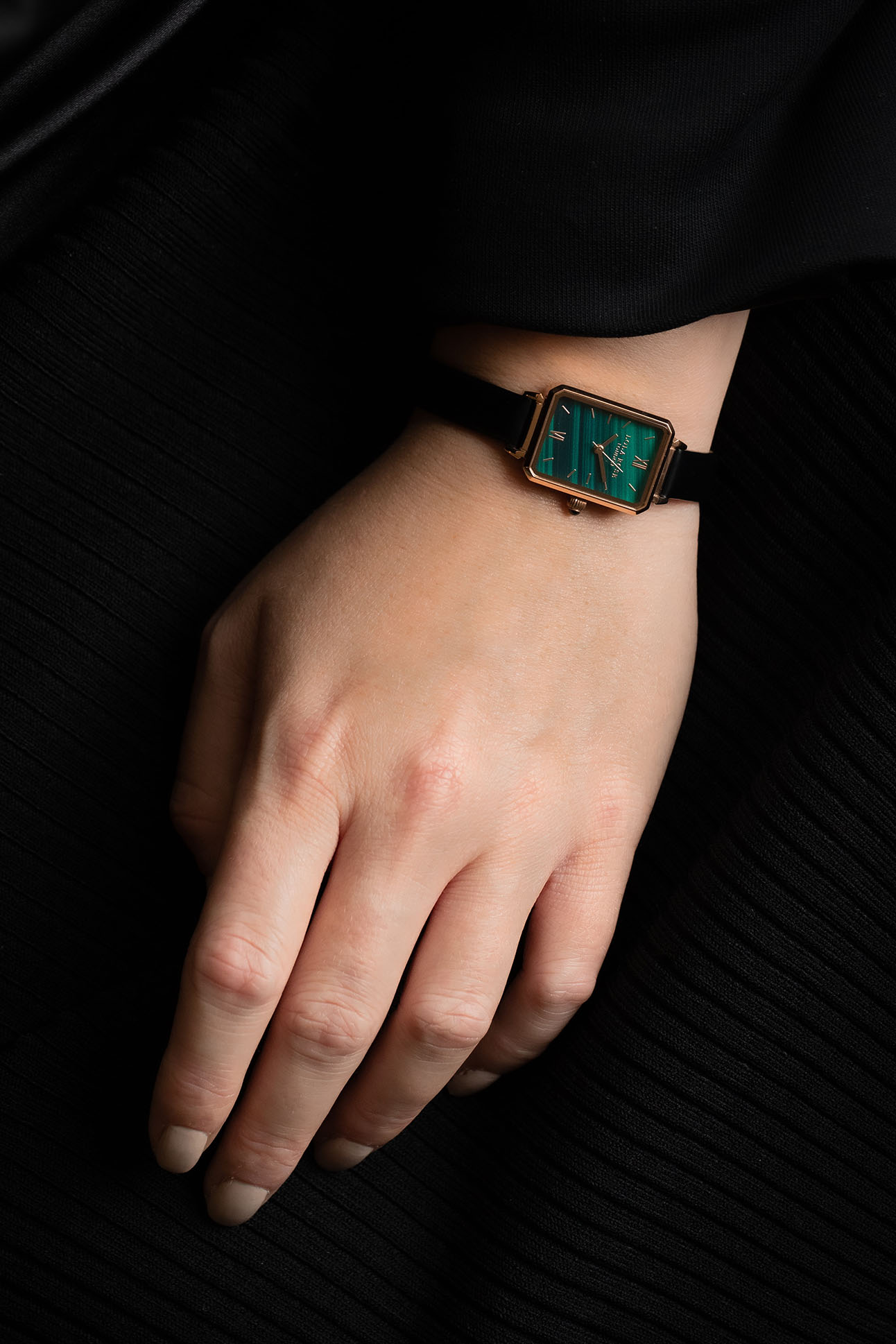Text by Alex Norcia
Images by Hunters Race, Alex Perez and Lola Rose
At the beginning of September, Jon Carter learned that Grönefeld, a small, well-respected watchmaker in the Netherlands, would be releasing its first sports watch. He knew Bart and Tim Grönefeld—known affectionately in the industry as the “Horological Brothers”—would probably only be selling a few dozen a year. The small team at Grönefeld make each one by hand, and many collectors fervently seek them out. Carter, a lawyer based in New York City, signed up to purchase one. Within a week, he received an email asking for a 30 percent deposit and informing him that his new 1969 Deltaworks—which retails at around $50,000—would not be available until the second half of 2026. At the earliest.
“This is for a brand that the average person has not heard of,” Carter says. “That was nowhere near the case when I first started collecting.”
As Carter’s anecdote serves to illustrate, interest in collecting high-end, luxury watches has skyrocketed over the past decade—what many collectors and industry insiders contribute to the advent of the internet, especially Instagram. “Things that were not available outside of Los Angeles or Chicago or New York, now they are much more known and much more visible,” Carter says. “Because of that, I think they’re gaining traction in what you might call these secondary and tertiary markets.”
“That’s one of the things that has really fascinated me is how much this hobby and passion extends beyond major metropolitan areas,” he continues. “I travel a fair amount for work, and I have people stop to comment on a piece I’m wearing, or vice versa, and I’ll see something unique in a place that I would never expect to see it. Like I’m talking about watches I know for fact wouldn’t be sold in that particular city or even state.”
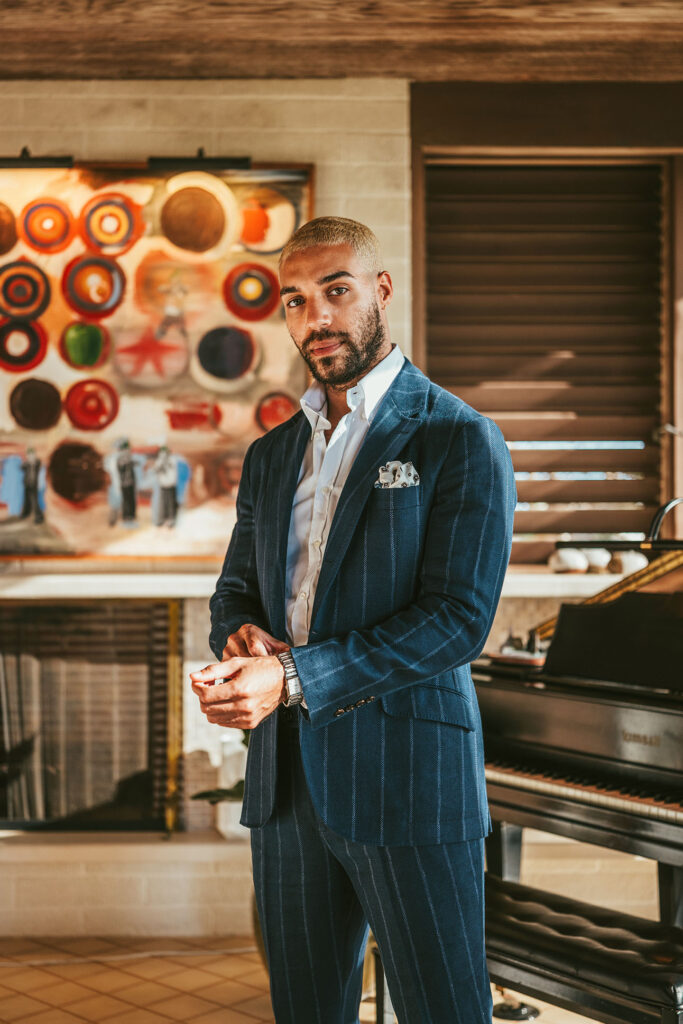

Carter’s observation is backed up by data. Swiss watch exports have hit record highs in recent years. Retail prices have naturally soared, as have prices in the secondary market, which can sometimes fetch up to five times the retail value. Perhaps the most coveted watch in the world, a Patek Philippe Nautilus 5711 has been reported to be for sale for more than 1,300 percent above its retail price.
Of course, it takes eye-popping amounts of money to fetch these watches at retail too, especially when talking about limited edition rarities like Carter’s Grönefeld. The Audermars Piguet platinum and titanium Royal Oak with turquoise dial, for instance, can run over a million dollars. Patek Phillipe’s Grand Complications in 18K rose gold and black index dial is over 30-percent more expensive than that. Both can resell for even higher.
“It would not be an overstatement to say that at least three-quarters of the people who I know think about market and resale value when buying new watches,” Carter says, explaining he’s only sold watches when he (rarely) grew tired of them or wanted to fund another acquisition. “They really have turned into an asset class in a very material way. Again, it’s not hyperbole to say that there are certain watches, if you can get them at retail price, you are instantly going to turn a large profit if you were to sell it the next day.”
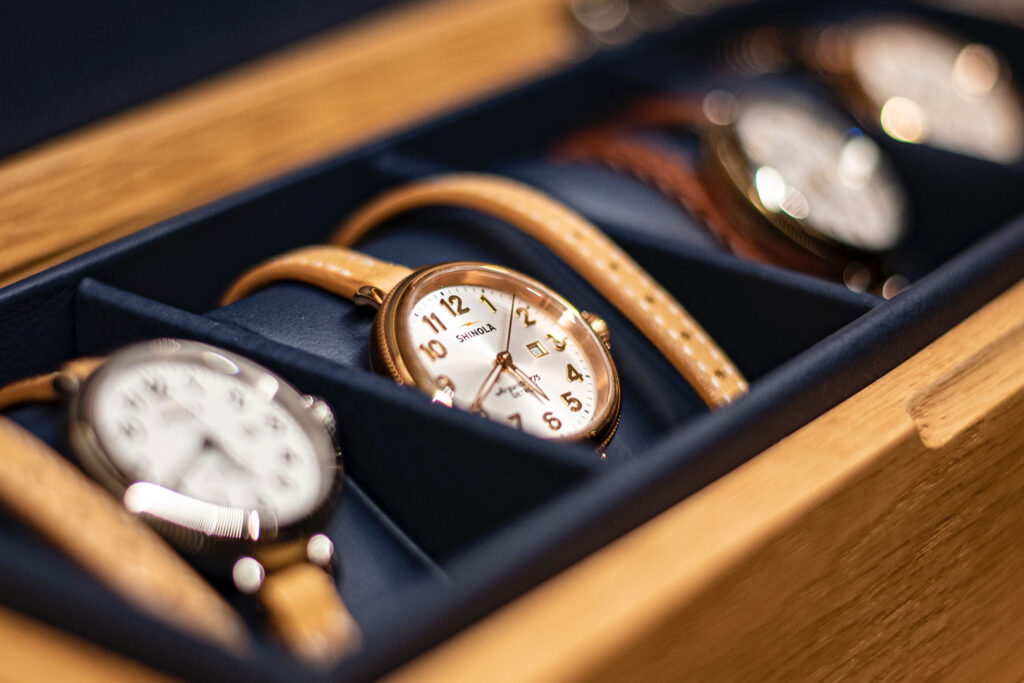
However, with the so-called “crypto collapse” crippling would-be buyers in mid-May 2022, some industry observers have noted that the frenzy is certain to cool soon, as supply might finally be starting to outstrip demand. Others, like Kathleen McGivney, who co-founded a social group called RedBar for watch collectors and enthusiasts across the globe, have long suspected that would be the case—and emphasizes there’s “a big difference between who the industry thinks it’s selling to and who is actually buying.”
“The vast majority of collectors I interact with are not thinking of collecting in that way,” says McGivney, who estimates she currently has about 40 watches in her collection. “They are thinking about it as an asset, in the sense that they insure their watches, but not as, like, their retirement fund or anything. They’re looking at them as items of value that they will protect just as they would their house or their car.”
For Carter, who has been obsessed with watches since childhood, he now tries to have pieces that “are all interesting and unique in their own way, whether that’s the story behind them or how they were designed.” At the moment, he has a little more than 20 watches total in his collection. “I try not to have a lot of stuff that looks the same either,” he says. “I see them, too, as accessories for an outfit—something that can accentuate what I’m wearing or blend in with it.”
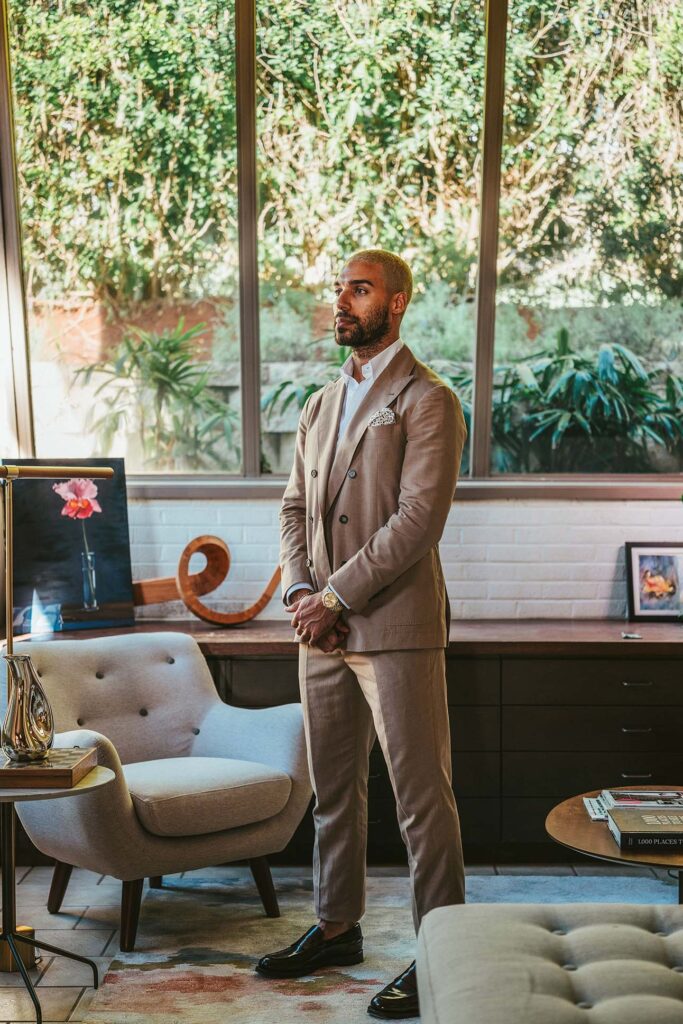
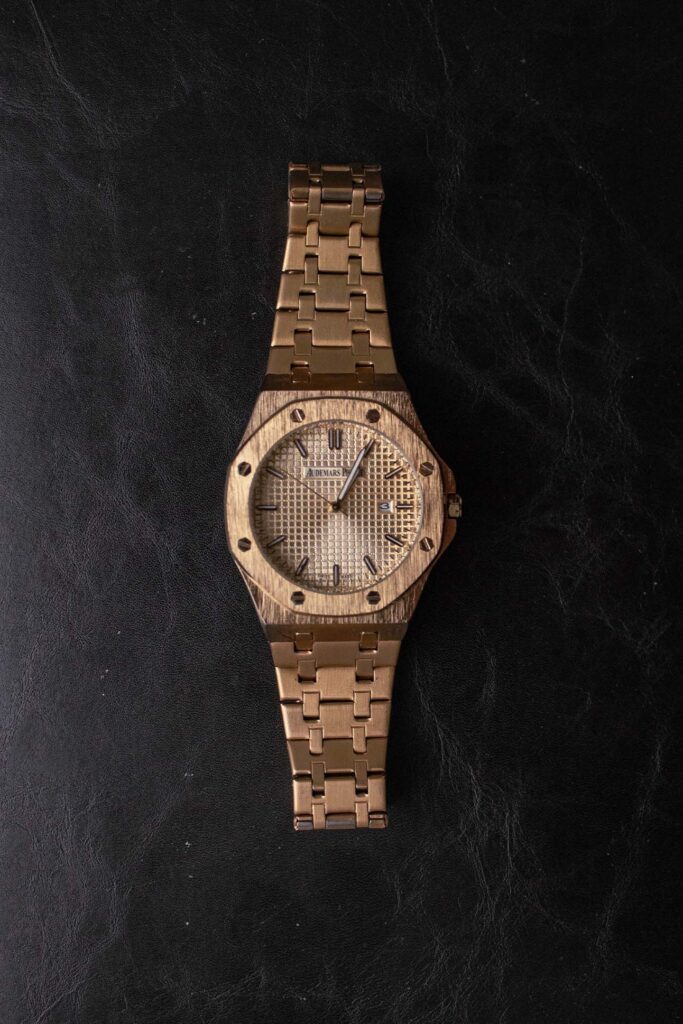
“A lot of people might seem to think that expensive watches are expensive just because they can be,” he continues. “They don’t necessarily connect the cost with anything other than the prestige or status, and they fail to recognize how much work and engineering and precision goes into these things.”
Both McGivney and Carter stress, while news stories tend to paint collecting as a kind of investing bonanza, that framing is often antithetical to a lot of watch collectors who—no doubt aware of the resale value—are typically more concerned with their own idiosyncratic philosophies. This approach, in turn, has created a varied and diverse community, McGivney says, as the captivation around collecting has only continued to grow. A niche, hobbyist pursuit has become relatively mainstream. Two prominent musicians, Ed Sheeran and John Mayer, have extensive watch collections, and even they speak about watches less as luxury items than as objects with which they’ve developed personal relationships.
“What keeps me really glued to the whole thing is the community—the people who come together and end up becoming great friends over this shared passion for these, quite frankly, obsolete objects, those connections are priceless,” McGivney says.
“Everyone has their own approach,” she adds. “I have one friend who mostly just collects highly complicated watches, and others who only collect vintage or dive watches. Learning why—and hearing their stories—that’s so much more interesting to me than, like, showing up somewhere and saying, ‘Look at my shiny, gold thing.’ For me, that’s what makes collecting fascinating.”






